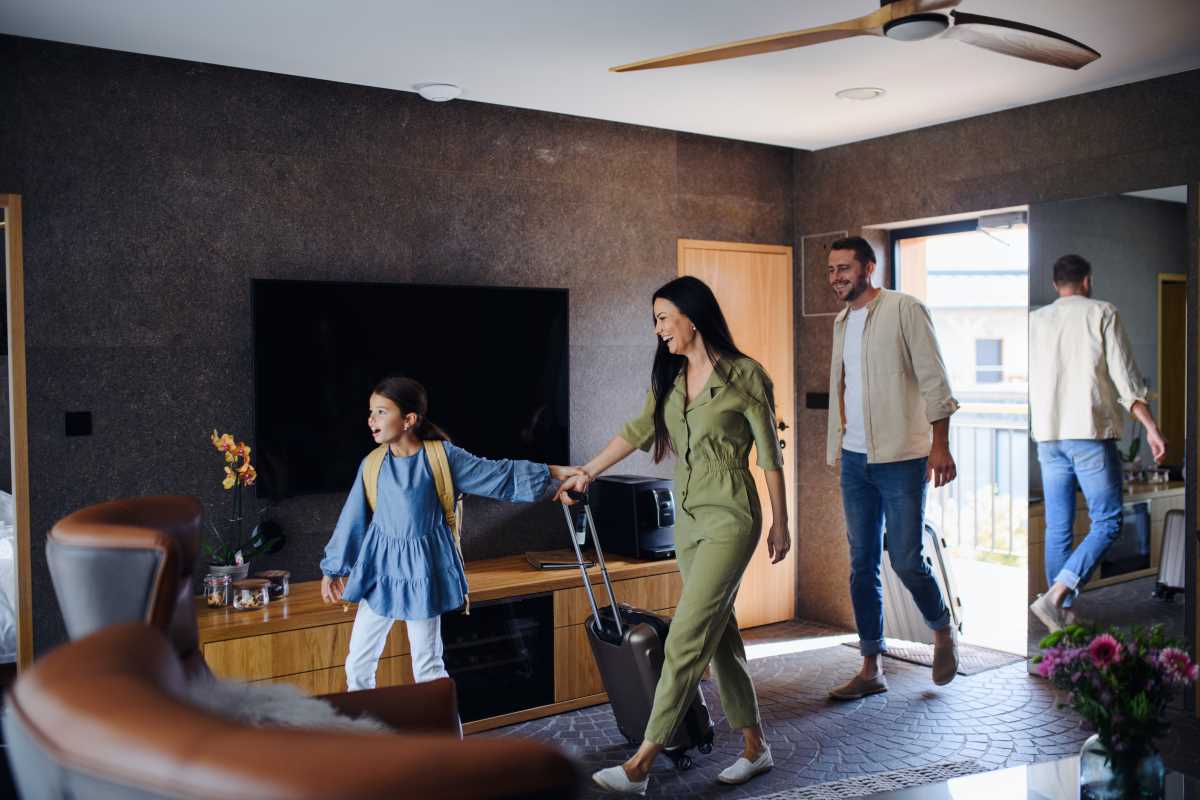Many seniors find themselves drawn to the idea of downsizing, as it promises a lifestyle that is both simpler and easier to manage. With a growing number of older adults eager to embrace the independence and freedom that tiny homes offer, they understand that safeguarding this new way of life is crucial. The right comprehensive insurance packages become essential, turning the dream of tiny home living into a secure and delightful reality for seniors. By ensuring their new habitat is well-protected, seniors can fully enjoy the benefits of a compact, efficient living space without the worries that might otherwise accompany such a transition.
The Appeal of Tiny Home Living for Seniors
- Affordability: Tiny homes often come with a lower price tag, making homeownership more accessible for those on a fixed income.
- Low Maintenance: Smaller spaces require less upkeep, giving seniors more time to enjoy their hobbies and interests.
- Minimalism: Embracing a minimalist lifestyle can reduce stress and clutter, promoting a sense of peace and organization.
- Community: Many tiny home communities create a strong sense of community, providing social connections that are important for mental well-being.
- Environmental Impact: Tiny homes typically use fewer resources and generate less waste, appealing to environmentally conscious individuals.
Challenges Faced by Seniors in Tiny Homes
- Space Limitations: Limited space can challenge storing personal items and accommodating guests. Seniors often address this by investing in multi-functional furniture and utilizing creative storage solutions.
- Accessibility: Ensuring that the home is accessible as mobility changes proves crucial. This can be managed by installing features like grab bars, ramps, and wider doorways.
- Zoning Laws: Navigating local zoning regulations can be complex. Seniors often work with local authorities or seek legal advice to ensure compliance.
- Resale Value: Tiny homes may have variable resale values. Choosing a versatile design and maintaining the property well helps mitigate this issue.
- Utilities and Amenities: Limited space for utilities can require more efficient appliances and systems. Seniors may opt for compact, energy-efficient options to maximize functionality.
The Role of comprehensive insurance packages
Comprehensive insurance packages provide a safety net that remains essential for seniors transitioning to tiny home living. These packages typically include coverage for property damage, personal liability, and health-related emergencies, ensuring that seniors remain protected against unforeseen events.
Specialized insurance can cover unique aspects of tiny home living, such as mobility if the home is on wheels or coverage for communal living arrangements. This tailored protection gives seniors the confidence to embrace their new lifestyle without constant worry about potential risks.
Finding the Right Insurance Fit
Securing the best protection requires understanding the options available. Comprehensive insurance offers broad coverage, but it's important to assess individual needs based on the specific tiny home setup and personal circumstances.
Seniors should consider factors such as the location of their tiny home, its construction materials, and any additional features that might require specialized coverage. Consulting with insurance experts who understand the nuances of tiny home living helps in selecting the most appropriate policies. Comparing different insurance providers also proves beneficial to find the best coverage at a competitive price.
Expert Opinions and Statistics
- Growing Trend: According to a 2023 survey by the National Association of Home Builders, the number of seniors opting for tiny homes has increased by 25% over the past five years.
- Financial Benefits: Financial advisor Dr. Emily Thompson notes, "Seniors can significantly reduce their living expenses by downsizing, allowing them to allocate more funds towards health care and leisure activities."
- Safety and Security: Insurance expert James Lee emphasizes, "A comprehensive insurance package serves not just as a safety measure, but as a critical component that ensures peace of mind for seniors in their new living environments."
- Community Support: Research from the AARP indicates that seniors living in tiny home communities report higher levels of social engagement and lower instances of loneliness.
- Environmental Impact: Studies show that tiny homes produce up to 60% less carbon emissions compared to traditional homes, making them a sustainable choice for eco-conscious seniors.
Seniors embracing tiny home living find that the benefits far outweigh the challenges, especially with the support of comprehensive insurance packages. This lifestyle choice promotes independence and simplicity while also creating a sense of community and environmental stewardship.
As the trend continues to grow, one might ask: How will the integration of smart technology and further insurance innovations shape the future of senior living in tiny homes?
 (Image via
(Image via





